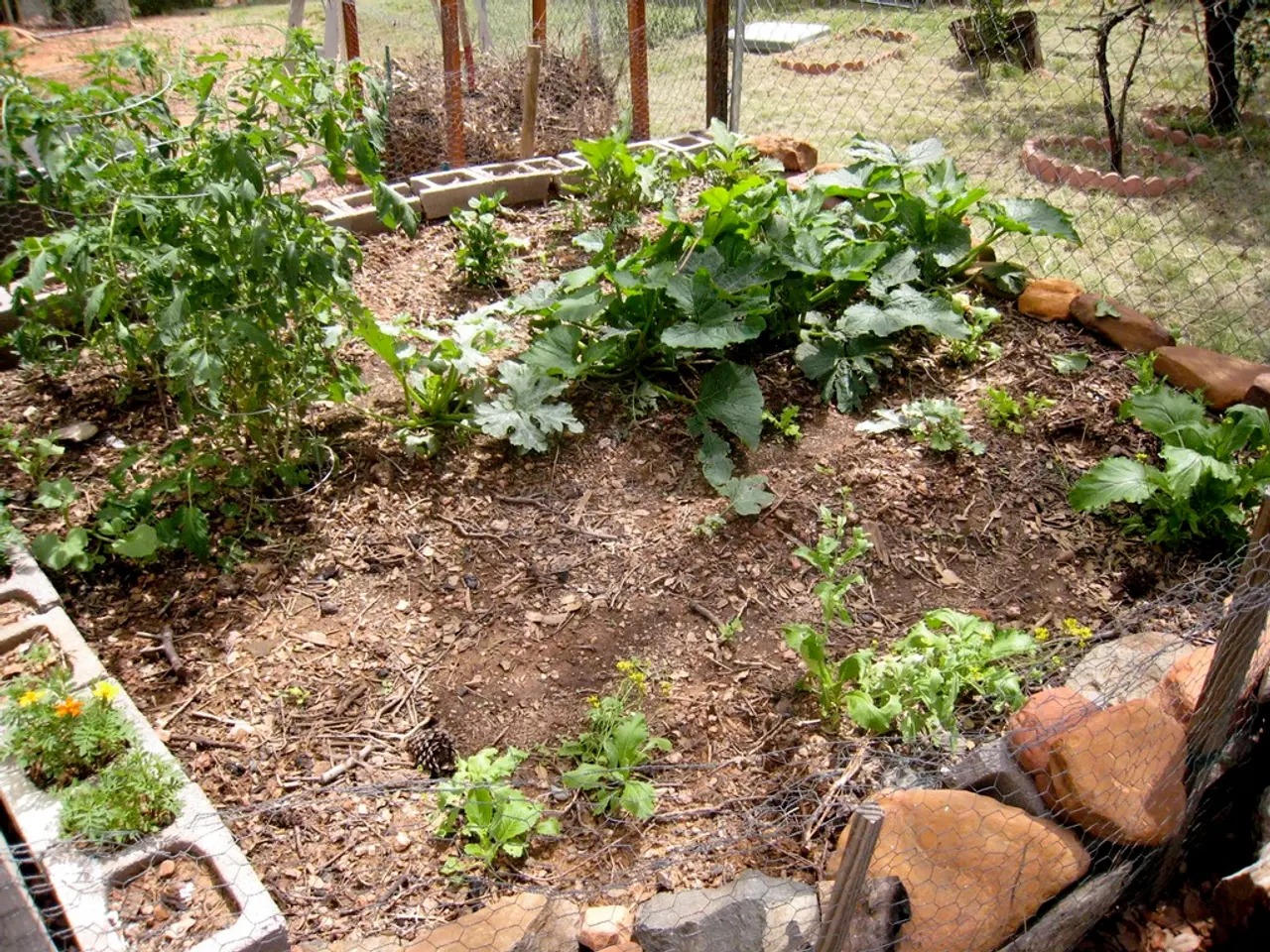Transforming Decomposed Granite into Fertile Planting Soil
Decomposed granite (DG) is a versatile material with numerous practical applications, from landscaping to mulch. But did you know that this stable, permeable, and naturally appealing substance can also be transformed into planting soil?
DG, formed from the weathering and erosion of solid granite, is primarily a mineral aggregate with good drainage and permeability. However, it lacks the organic matter and nutrient content needed for healthy plant growth. To turn DG into planting soil, you need to amend it substantially.
The process involves mixing DG with organic matter such as aged compost, worm castings, or well-rotted manure. This builds the nutrient content and improves the soil's ability to hold moisture, compensating for DG’s innate dryness and poor water retention.
Incorporating soil amendments like bone meal, blood meal, or kelp extracts can provide essential nutrients for plants. Balancing pH and enhancing soil structure may also be necessary, depending on your DG’s initial properties. This can be done through recommended soil amendments applied according to soil tests.
Regularly mulching and maintaining the soil with organic mulches (like bark, wood chips, or compost) on top helps conserve moisture and gradually adds nutrients as mulch decomposes.
In practice, you might:
- Remove large debris from DG and loosen it if compacted.
- Blend DG with at least 25-50% organic compost or soil amendment by volume to create a growing medium.
- Test and adjust pH and nutrient levels for target plants.
- Use mulch on top when planting to further enhance moisture retention and soil health.
This method converts decomposed granite into a more plant-friendly soil, especially useful in dry or arid climates where DG is common but native soils lack organic matter. So, whether you're gardening in a desert oasis or a rocky landscape, transforming DG into planting soil can help your plants thrive.
By amending decomposed granite with organic matter and soil amendments like aged compost, worm castings, or well-rotted manure, you can create a planting soil that supports healthy growth. In addition, incorporating mulch such as bark, wood chips, or compost on top can conserve moisture and gradually add nutrients, making it beneficial for your garden, whether it's a desert oasis or a rocky landscape where fashion-and-beauty elements like flowers and plants can enhance your lifestyle, or home-and-garden projects like gardening can improve your living space with the appealing look of home-and-garden improvements made using decomposed granite.



